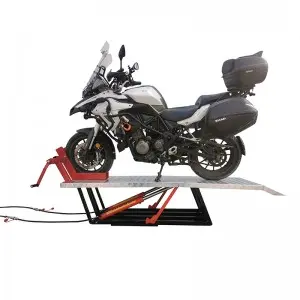[Cylinder]Understanding the Key Uses and Characteristics of a Cylinder: From Geometry to Practical Applications in Modern Engineering
****
A cylinder is a three-dimensional geometric shape defined by its circular base, a fixed height, and its rounded surface connecting the two bases. Understanding the properties of a cylinder is fundamental to both mathematics and various fields of engineering and design. In this article, we will explore the characteristics of a cylinder, its mathematical properties, and its diverse applications in contemporary engineering.
Characteristics of a Cylinder
A cylinder consists of two parallel circular bases connected by a curved surface at a fixed distance from the center of the circles. It can be classified into two types: right and oblique. A right cylinder has bases aligned directly above one another, while in an oblique cylinder, the bases are offset, resulting in a slanted surface.
The essential properties of a cylinder include:
1. **Volume**: The volume \( V \) of a cylinder is calculated using the formula:
\[
V = \pi r^2 h
\]
where \( r \) is the radius of the base and \( h \) is the height of the cylinder. This equation highlights that the volume depends heavily on both the base area and the height of the cylinder.
2. **Surface Area**: The surface area \( A \) of a cylinder can be calculated with the formula:
\[
A = 2\pi r(h + r)
\]
This equation accounts for the area of the two circular bases and the lateral surface area. Like volume, surface area plays a crucial role in various applications, including the design of containers and construction materials.
3. **Curved Surface**: The distinction between the lateral surface area and the total surface area is significant. The lateral surface area does not include the bases and can be expressed as:
\[
A_{lateral} = 2\pi rh
\]
Applications of Cylinders in Engineering
Cylinders are prevalent in various engineering disciplines due to their stability and efficiency in design. Below, we’ll explore some common applications:
1. **Piping Systems**: Understanding the geometric properties of a cylinder is crucial in designing piping systems. The curved nature of cylinders allows for fluids to flow efficiently, minimizing resistance. Engineers often use cylindrical pipes in plumbing, oil, and gas transportation systems, as well as in chemical processing.
2. **Pressure Vessels**: Cylinders are commonly used in pressure vessels, which are engineered to withstand pressure differentials. The cylindrical shape helps distribute stress evenly over the surface, making them ideal for storing gases and liquids at high pressures. Examples include gas tanks and industrial reactors, which utilize cylinders for safe and efficient operation.
3. **Storage Tanks**: Many storage solutions utilize cylindrical designs due to their strength and ease of construction. Tanks used for water, fuel, and other liquid substances are typically cylindrical, as they maximize storage volume while minimizing material usage.

Understanding the Key Uses and Characteristics of a Cylinder: From Geometry to Practical Applications in Modern Engineering

Understanding the Key Uses and Characteristics of a Cylinder: From Geometry to Practical Applications in Modern Engineering
4. **Mechanical Components**: Many mechanical components rely on cylindrical shapes. For instance, pistons in engines are cylindrical, allowing for smooth movement within a cylinder, contributing to efficient engine operation. Similarly, shafts in machinery or rotating equipment are often cylindrical, ensuring balance and stability during operation.

Understanding the Key Uses and Characteristics of a Cylinder: From Geometry to Practical Applications in Modern Engineering
5. **Architectural Design**: In architecture, the cylinder serves not only aesthetic purposes but also functional ones. Columns that support structures are often cylindrical, effectively distributing weight and resistance to bending. Moreover, cylindrical drums and domes appear in many iconic buildings, highlighting their structural importance as well as their visual appeal.
Conclusion
The versatility of the cylinder extends beyond basic geometry—it plays a pivotal role in multiple practical applications across various fields. From engineering structures and manufacturing to everyday objects, the simplicity and efficiency of the cylindrical form make it indispensable. Understanding the characteristic properties of cylinders allows professionals to leverage this shape effectively in design and construction, ultimately leading to innovations that enhance both functionality and durability. As we continue to advance technologically, the significance of cylinders will undoubtedly endure, proving their lasting impact on modern engineering and design practices.quick car jack lift